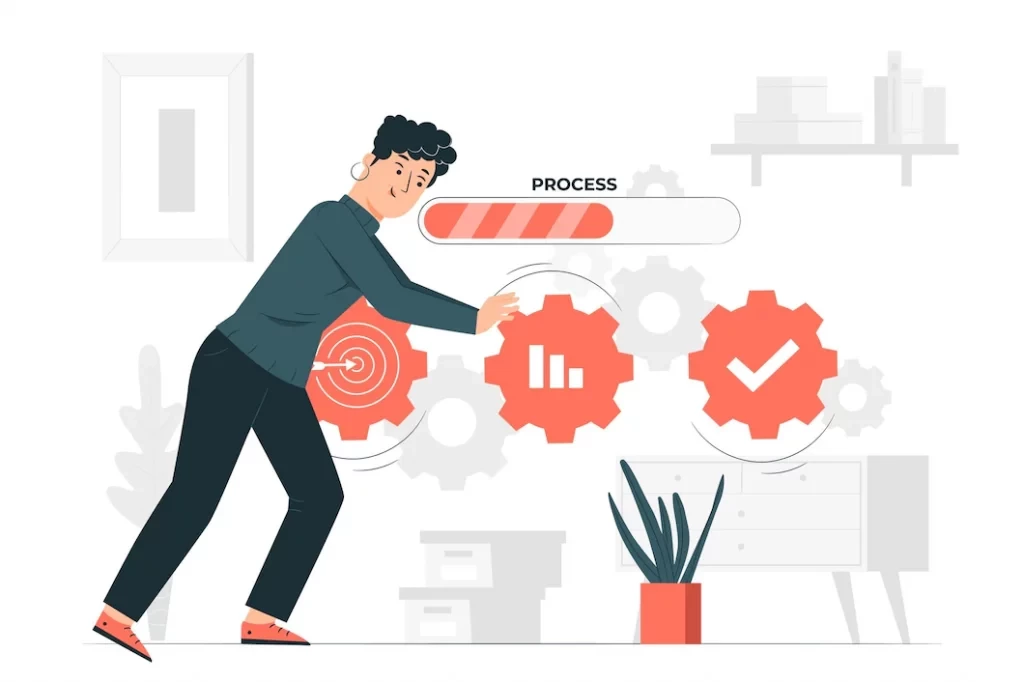CTR Manipulation: A Game Changer for Digital Campaigns
The surge of CTR adjustment has indisputably transformed digital advertising and marketing strategies, offering marketing professionals with tools to improve engagement and drive web traffic efficiently. Methods such as A/B testing and tailored web content have confirmed to produce considerable renovations in click-through prices. Nonetheless, as brand names increasingly utilize these approaches, the honest ramifications of such practices necessitate analysis. Stabilizing the search of optimized metrics with the demand for authentic target market connections positions a vital challenge for online marketers today. What effects might this balancing act hold for the future of electronic projects?
Comprehending CTR Adjustment
Although click-through rate (CTR) control may seem like an uncomplicated strategy in electronic advertising, it encompasses an array of strategies aimed at unnaturally pumping up engagement metrics. This control can take numerous kinds, including using click ranches, crawlers, or deceptive advertisement placements that deceive customers into clicking. These strategies can jeopardize the stability of efficiency data, making it testing for marketers to determine the genuine effectiveness of their campaigns.
Additionally, CTR adjustment increases honest worries, as it threatens the transparency of digital advertising. The dependence on inflated metrics can bring about misdirected advertising choices, skewing resource appropriation and campaign strategies. As a result, businesses might spend greatly in channels and techniques that appear successful however do not produce real engagement or conversions.

Benefits of Click-Through Rate Optimization
Optimizing click-through price (CTR) is necessary for boosting the performance of digital marketing campaigns. A greater CTR indicates that a bigger proportion of users are engaging with the material, which can cause enhanced internet site web traffic and better conversion rates. By improving CTR, brands can effectively allocate their advertising sources to initiatives that produce the greatest returns.
One of the main benefits of CTR optimization is the capacity for boosted ad placement and lower prices - CTR Manipulation. Systems like Google Advertisements compensate higher CTRs with better advertisement positioning and reduced cost-per-click (CPC), allowing marketing professionals to extend their budget plans further. In addition, a well-optimized CTR can boost brand name presence, as higher engagement prices usually correlate with raised organic reach

Techniques for Reliable CTR Adjustment
To effectively control click-through prices (CTR), marketing professionals can utilize a range of critical techniques that enhance individual involvement and drive website traffic. One essential method is maximizing advertisement duplicate to produce engaging and action-oriented language. CTR Manipulation. Making use of solid call-to-action (CTA) expressions motivates users to take prompt action, raising the probability of clicks
One more efficient technique is A/B screening, which enables marketers to contrast different advertisement variations. By systematically examining performance metrics, they can identify which components reverberate best with the target market, thus fine-tuning their methods for optimal effect. In addition, leveraging visually attractive graphics and concise messaging can record attention swiftly, making it much more probable that users will involve.

Last but not least, optimizing touchdown web pages to guarantee a smooth user experience can minimize bounce prices and motivate more communication, eventually promoting higher CTR. By incorporating these techniques, marketers can efficiently control CTR to accomplish their campaign objectives.
Determining Success in Digital Projects
Determining success in electronic projects calls for a clear understanding of essential efficiency indications (KPIs) that line up with project goals. KPIs serve as quantifiable metrics that help assess the efficiency of different approaches used throughout the project. Typical KPIs include click-through rates (CTR), conversion rates, price per acquisition (CERTIFIED PUBLIC ACCOUNTANT), and roi (ROI)
To properly gauge success, it is crucial to develop particular, measurable goals first of the campaign. For circumstances, if the main goal is to boost brand name recognition, metrics such as impacts and interaction rates may be focused on. On the other hand, projects concentrated on straight sales would take advantage of an extra thorough evaluation of conversion prices and profits created.
Normal analysis of these KPIs enables marketing professionals to make data-driven decisions, optimizing their techniques in real-time. Utilizing logical devices can aid in tracking performance and determining fads, enabling speedy adjustments to improve campaign results. Eventually, a detailed strategy to gauging success not just highlights locations for improvement have a peek at this website however likewise enhances the overall performance of electronic advertising and marketing initiatives, driving sustained development and interaction in the long term.
Future Trends in Digital Marketing
Anticipating the future of digital advertising and marketing reveals a landscape shaped by quick technical improvements and transforming consumer habits. As artificial intelligence and equipment learning continue to advance, marketers will progressively leverage these modern technologies to individualize campaigns at an extraordinary range. Anticipating analytics will enable brand names to anticipate client demands, maximizing advertisement positionings and content shipment in actual time.
Furthermore, the rise of voice search and clever devices is changing how customers engage with digital content. Marketers will certainly require to adapt their techniques to make certain presence throughout multiple platforms, consisting of voice-activated visite site aides. This shift requires a concentrate on conversational marketing, highlighting involvement through discussion instead of conventional promotional tactics.
Furthermore, privacy problems are prompting adjustments in information collection methods. Openness and honest data usage will certainly come to be extremely important, driving brand names to promote depend on and loyalty among customers. The ongoing evolution of social media systems will certainly additionally influence advertising approaches, with an increased emphasis on authenticity and user-generated content.
Conclusion
In summary, CTR manipulation stands for a considerable improvement in electronic advertising and marketing strategies, supplying immediate benefits through boosted engagement metrics. The recurring evolution of electronic marketing will depend on this delicate interaction, forming the future landscape of brand-consumer communications.